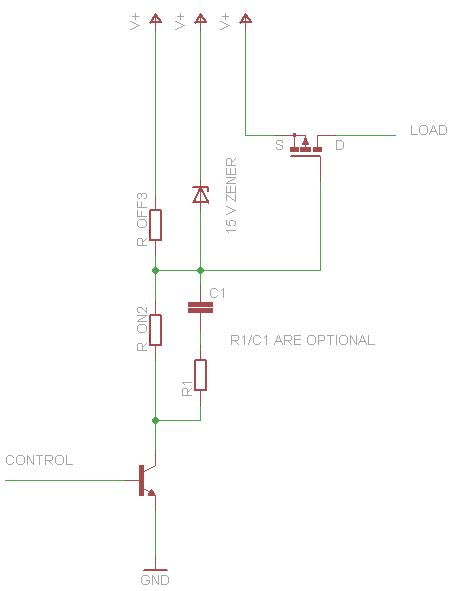hkBattousai
Advanced Member level 4
**broken link removed**
I'm designing a power supply. Main power source is a transformer. The transformer has multiple taps; 9V, 15V, 24V, 36V, 48V. For obtaining as much efficiency as possible, a control circuit is monitoring the output voltage of the power supply and switching between transformer taps according to it.
v(t): Rectified voltage of a transformer by a bridge rectifier
Load: Filter and regulator stage
Actually, there will be 5 of this circuit in the picture, each for a different transformer tap. And they all will be connected to the same load (filter & regulator).
My question is,
Would this circuit run alright?
I'm not very familier with MOSFETs, so I'm not sure if I'm driving IRF9530 in a correct way. I need you to confirm my design, or suggest me some corrections on it.
I'm designing a power supply. Main power source is a transformer. The transformer has multiple taps; 9V, 15V, 24V, 36V, 48V. For obtaining as much efficiency as possible, a control circuit is monitoring the output voltage of the power supply and switching between transformer taps according to it.
v(t): Rectified voltage of a transformer by a bridge rectifier
Load: Filter and regulator stage
Actually, there will be 5 of this circuit in the picture, each for a different transformer tap. And they all will be connected to the same load (filter & regulator).
My question is,
Would this circuit run alright?
I'm not very familier with MOSFETs, so I'm not sure if I'm driving IRF9530 in a correct way. I need you to confirm my design, or suggest me some corrections on it.


